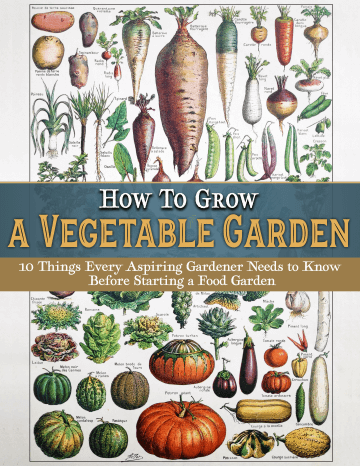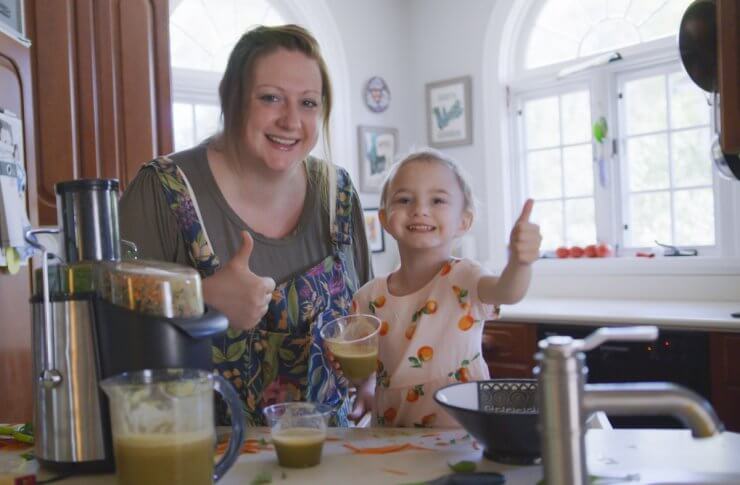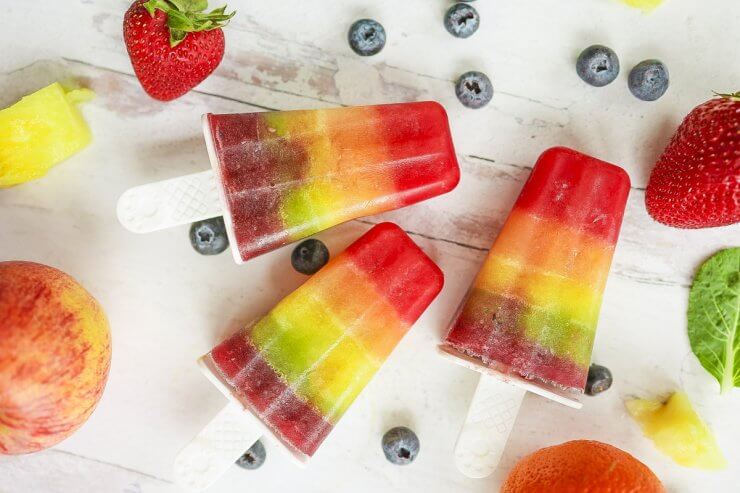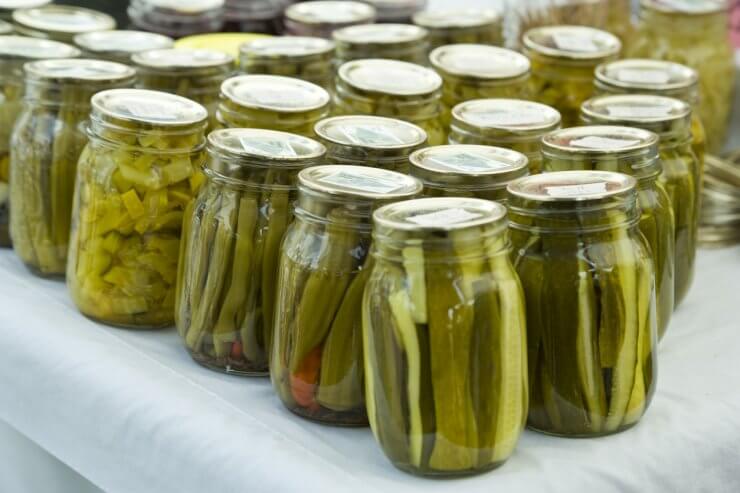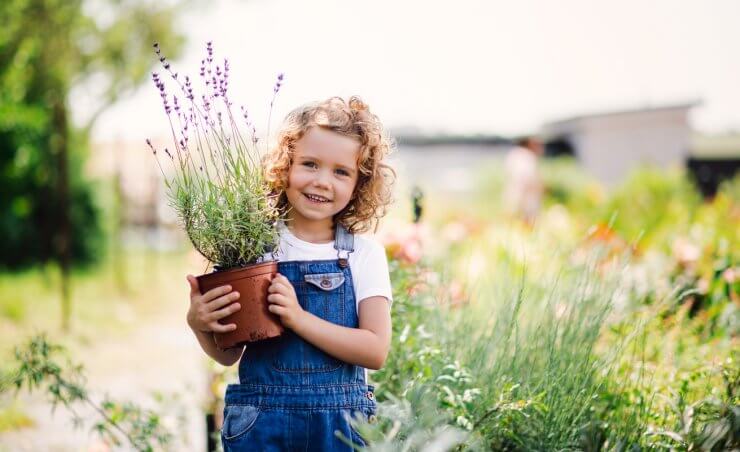
One of the best things you can do for your kids is to help them start a business. Even a simple lemonade stand teaches them leadership skills, social skills, how to manage money, and boosts their self-esteem. This year a good friend of ours launched a kid’s entrepreneur fair. The idea was that kids would come up with a small business idea, and sell at their own booth. Friends, family, and the local community were invited to come and shop. Naturally, my daughter Ruby loves the idea of being a farmer, and we have a huge garden, so we decided together to make a kids’ farm stand.
At first, I thought maybe we’d use the juicer and let her juice her own fruit and veggies, but that’s only one step up from a lemonade stand, so we decided that we had plenty in the garden to offer a few things. Here’s what we did, and here are a few more ideas to add.
Discover 10 top tips for growing, harvesting, and enjoying fruits, vegetables, herbs and more from your home garden—when you access the FREEBIE How to Grow a Vegetable Garden, right now!
Seedlings and plants (age 2+)
If you have a mix of ages in your kids’ farm stand, even your two-year-olds can still participate in this product! Let them help plant seedlings that can be sold in the spring. Both younger and older kids will love seeing the fruits of their labor, and your community who is likely already buying seedlings in the spring will love to buy from their littlest neighbors.
Skills learned:
- Fine motor skills from planting seeds
- Visual motor skills from pouring soil into containers
- Measuring soil
- Counting seeds
Visit our premium planting guides to see how to plant and grow a variety of fruits and vegetables.
Fresh juices (age 3+)
Starting with the basics, if you have a juicer, you can make some incredible juices. You can make anything from simple lemonades and orange juices to wheatgrass green juices. This is perfect for age 3+.
Skills learned:
- Chopping
- Peeling
- Fine motor skills using a blender or juicer
- Pouring (into containers)
Fresh juice recipes you can use:
No sugar-added popsicles (age 3+)
Making popsicles is like making jam, but without all the added sugar! If you have a juicer, it will make it easier, but if you don’t, you can just use a blender. If you want the popsicles to be a little more juicy than pulpy, either use cheesecloth to strain out the pulp, or add grape juice.
- Picking fruits at ripeness
- Washing fruits
- Chopping fruits
- Using a blender or juicer
- Patience (freeze-time!)
While you can easily make single-flavor popsicles, you can also try our All-Natural Homemade Rainbow Popsicle Recipe.
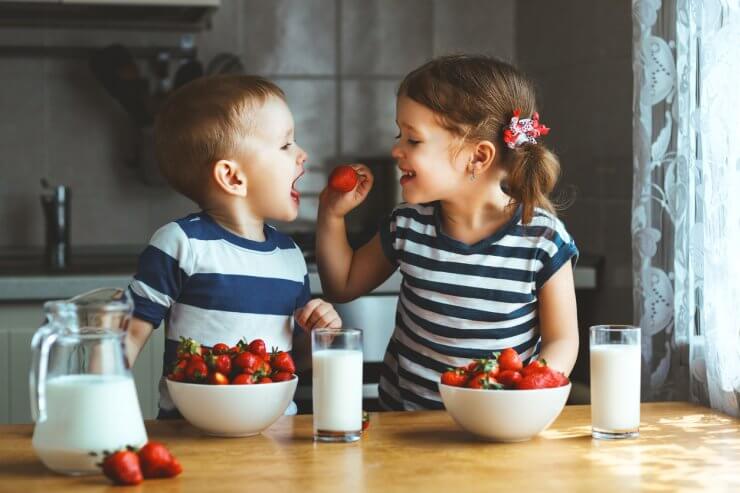
Fresh produce (age 3+)
If you plan far ahead, your kid(s) can pick which fruit, veggies, and herbs they want to plant and sell later on. This will get them enthusiastic about the whole growing season, from seed to stand.
Skills/ideas learned:
- Germinating and planting seeds (if possible)
- Colors (Example: Ask them to only pick red tomatoes)
- Pulling fruits/vegetables at ripeness
- Washing fruits/vegetables
- Curing, if necessary (i.e. garlic)

Herb and edible flower bouquets (age 3+)
Skills/ideas learned:
- Smells and flavors of different herbs
- Herbs that flower
- Edible flowers
- Tying bows (if placing in small decorated ball jars for display)
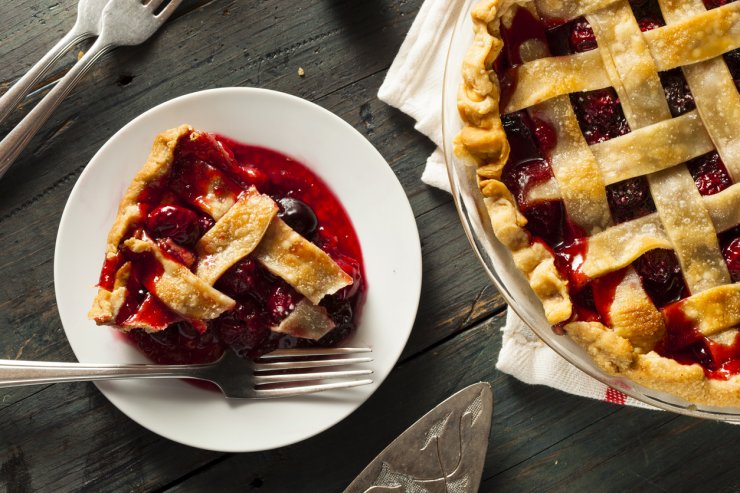
Pies (age 5+)
If you grow strawberries, rhubarb, peaches, apples, raspberries, or any other traditional pie-favorites, then pies are another great addition to your kids’ farm stand. Who doesn’t love pie? Sell them whole, or by the slice!
Skills/ideas learned:
- Picking fruit at ripeness
- Washing fruits
- Chopping fruits
- Basic oven skills and safety
- Measuring ingredients
- Making and rolling dough
- Patience (while it bakes!)
Pie recipes you can make:
- Cherry Pie
- Grape and Pear Pie
- Blackberry Chocolate-Chip Pie
- Easy Peach Pie
- Classic Blueberry Pie
- Gooseberry Pie
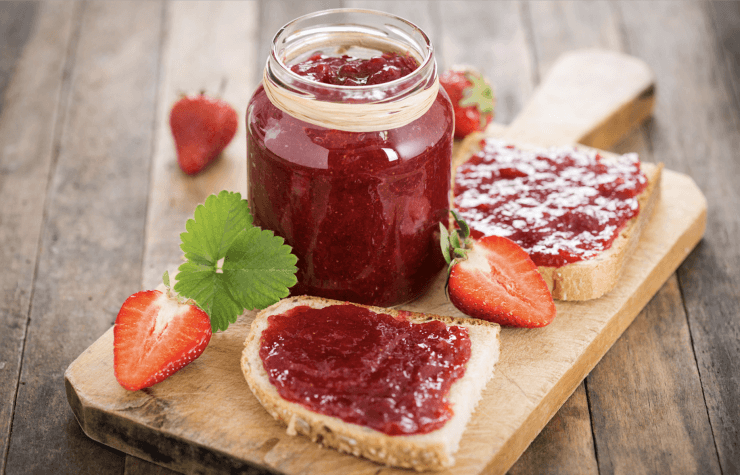
Jams (age 8+)
Jams are typically made over the stove, so we suggest jams for the older age group, but if you have a pre-schooler and an older child, for example, they can help with different parts. Younger children can chop and wash berries, while older kids can cook and can the jams. Fruit jams last a few weeks in the fridge because they have so much sugar in them so you don’t need to can them, but you have to keep them refrigerated if you don’t.
Skills/ideas learned:
- Picking berries at ripeness
- Washing fruits
- Chopping fruits
- Basic stove skills and safety
- Measuring ingredients
- The chemistry of canning (i.e. why we use lemon juice, etc.)
Jam recipes you can use:
Pickles (age 8+)
Unless you’re making cold refrigerator pickles, pickles that are properly canned are better for older kids who can be safe and participate in the canning process.
Skills/ideas learned:
- Picking cucumbers and other pickling veggies at peak ripeness
- The chemistry of canning (i.e. why we use salt, lemon juice, etc.)
- Flavoring (spicy, garlicky, etc.)
- Measuring ingredients
Pickle recipes you can use:
- Quick Pickled Cucumbers (Refrigerator Pickles)
- Dilly Beans
- Okra Pickles with a Twist
- Avocado Pickles
- Perfect Pickled Gooseberries
- Pickled Ginger
- Pickled Ginger Carrots
Starting a kids’ farm stand is a lot of fun for everybody involved. My daughter is only 3.5 and just loves to yell “open for business!” and pretend to have a store at home, so even though she’s not quite ready to count money or make hot jams, there’s still plenty to do! Do you have any other ideas? I’d love more for next year!
Discover 10 top tips for growing, harvesting, and enjoying fruits, vegetables, herbs and more from your home garden—when you access the FREEBIE How to Grow a Vegetable Garden, right now!


